Flare leggings have become a go-to item in both athleisure and casual fashion due to their flattering fit, comfort, and stylish flair. However, choosing the right fabric for your flare leggings can make a big difference in how they look and feel. The right fabric can provide optimal comfort for workouts, ensure durability for long-term wear, and help you achieve that perfect balance of fashion and function.
In this article, we’ll explore different fabrics used in flare leggings, how they impact comfort and performance, and what to look for to get the perfect pair for your needs.
1. The Importance of Fabric in Flare Leggings
When shopping for flare leggings, fabric choice goes beyond aesthetics. The fabric determines several key factors, including:
- Breathability: This is especially important if you plan to wear your leggings for workouts or during warmer weather.
- Stretch: The fabric must offer enough stretch to move with your body during exercise or daily activities without losing its shape.
- Durability: High-quality fabrics ensure your leggings maintain their integrity after frequent wear and washing.
- Comfort: Soft and smooth fabrics make wearing flare leggings all day a pleasant experience.
- Moisture-Wicking: For active use, moisture-wicking fabrics help keep you dry and comfortable, reducing sweat buildup.
The right fabric will enhance your overall experience and allow you to wear your flare leggings for various activities, from gym sessions to casual outings.
2. Popular Fabrics for Flare Leggings
Cotton Blend: Soft and Breathable
Cotton is a natural fiber known for its softness, breathability, and comfort. A cotton-blend fabric for flare leggings typically incorporates a mix of cotton with elastane or spandex for added stretch. This blend offers a more casual, comfortable fit while allowing freedom of movement.
Pros:
- Soft to the touch: Cotton provides a comfortable, gentle feel against the skin.
- Breathable: Ideal for day-to-day wear or lounging, cotton blends allow air circulation and prevent overheating.
- Versatile: Cotton-blend flare leggings can be dressed up or down for different occasions.
Cons:
- Less Moisture-Wicking: While cotton is breathable, it doesn’t wick moisture away as well as synthetic fabrics, which might be a concern during intense workouts.
- Less Durability: Cotton fabrics can lose shape or shrink over time, especially when washed improperly.
Nylon/Spandex Blend: Performance and Flexibility
Nylon and spandex (or elastane) blends are often used in high-performance leggings due to their elasticity and durability. These fabrics are stretchy, making them ideal for activities like yoga, running, or strength training. The addition of spandex helps the leggings retain their shape, even after long workouts or extended wear.
Pros:
- Excellent Stretch and Recovery: These fabrics offer maximum flexibility and will move with your body, returning to their original shape after stretching.
- Durable: Nylon and spandex blends are tough and resistant to wear, providing long-lasting leggings that won’t easily fade or tear.
- Moisture-Wicking: They’re often moisture-wicking, keeping sweat at bay and ensuring you stay dry during intense physical activities.
Cons:
- Less Breathable: While these fabrics are great for workouts, they can trap heat, making them less ideal for warmer weather or non-athletic wear.
- Synthetic Feel: Some people find nylon or spandex blends to have a slightly less natural feel compared to cotton or wool-based fabrics.
Polyester: Lightweight and Quick-Drying
Polyester is another synthetic material commonly used in leggings, and it’s often blended with spandex or elastane. It’s lightweight, durable, and dries quickly, which makes it great for both activewear and athleisure styles. It also tends to hold color well, so your flare leggings will maintain their vibrant hues.
Pros:
- Quick-Drying: Perfect for intense workouts or after washing, polyester dries quickly, so you can wear your leggings sooner.
- Durable and Resistant to Shrinking: Polyester resists shrinking and is quite durable, making it ideal for leggings that will undergo frequent use.
- Affordable: Polyester tends to be less expensive than other fabrics, which makes it a good option for budget-conscious shoppers.
Cons:
- Less Breathable: Like other synthetic fabrics, polyester can trap heat and moisture, which might feel uncomfortable during prolonged wear in hot weather.
- Can Feel Less Soft: Some polyester blends may feel stiff or less luxurious compared to cotton or bamboo fabrics.
Bamboo: Eco-Friendly and Soft
Bamboo fabric has been gaining popularity as an eco-friendly alternative to traditional materials. It’s made from the pulp of bamboo plants, which are naturally renewable and sustainable. Bamboo fabric is incredibly soft, lightweight, and naturally moisture-wicking, making it a great option for flare leggings.
Pros:
- Soft and Silky Feel: Bamboo fabric is naturally soft and feels luxurious against the skin.
- Breathable and Moisture-Wicking: Bamboo is naturally breathable and moisture-wicking, making it an excellent choice for workout leggings.
- Eco-Friendly: Bamboo is a sustainable material, making it a good option for environmentally conscious shoppers.
Cons:
- Price: Bamboo fabric can sometimes be more expensive than cotton or polyester blends.
- Delicate: Bamboo fabric can be more prone to wear and tear if not treated carefully, so it may require more attention during washing and care.
3. Choosing the Right Fabric Based on Your Activity
Different activities require different types of flare leggings fabrics. Here’s a quick guide to choosing the best fabric based on your needs:
For High-Impact Workouts (Running, HIIT, Weightlifting):
- Best Fabrics: Nylon/spandex blends, polyester/spandex blends
- Why: These fabrics provide excellent stretch, moisture-wicking properties, and durability, making them ideal for intense physical activities.
For Yoga or Low-Impact Activities:
- Best Fabrics: Cotton blends, bamboo, and nylon/spandex blends
- Why: Soft, breathable fabrics are great for yoga or Pilates, where flexibility and comfort are key. Bamboo and cotton blends offer a relaxed feel, while nylon/spandex gives more stretch and support.
For Casual Wear or Athleisure:
- Best Fabrics: Cotton blends, polyester, bamboo
- Why: For everyday wear, cotton and bamboo fabrics offer a soft, breathable option that pairs well with oversized sweaters or casual tops. Polyester blends are perfect for athleisure looks that transition from the gym to daily errands.
4. Conclusion: Comfort and Style Go Hand in Hand
Choosing the right fabric for flare leggings is essential for ensuring they meet your needs in terms of comfort, performance, and style. Whether you prefer the softness of cotton, the stretch of spandex, or the eco-friendly nature of bamboo, the key is to select a fabric that complements your lifestyle and activities.
By understanding the different fabrics available and how they affect comfort, durability, and performance, you can confidently choose the perfect pair of flare leggings for any occasion. No matter your fabric preference, flare leggings are sure to be a stylish and versatile addition to your wardrobe.
-
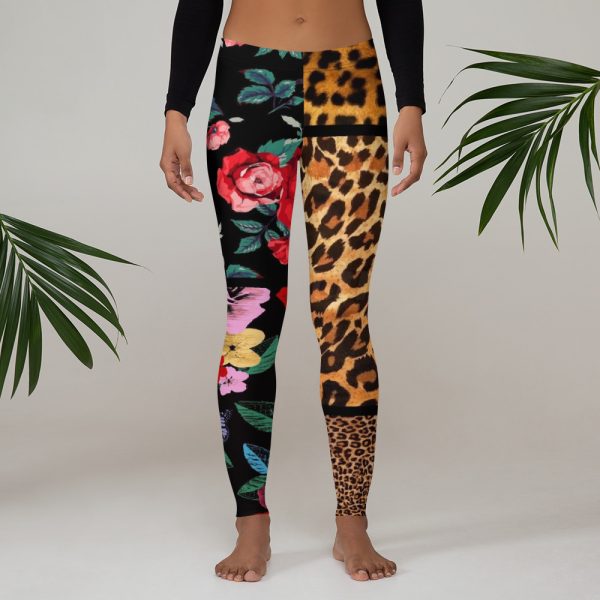 Designer Leggings Black Floral Leopard Animal Print$81
Designer Leggings Black Floral Leopard Animal Print$81 -
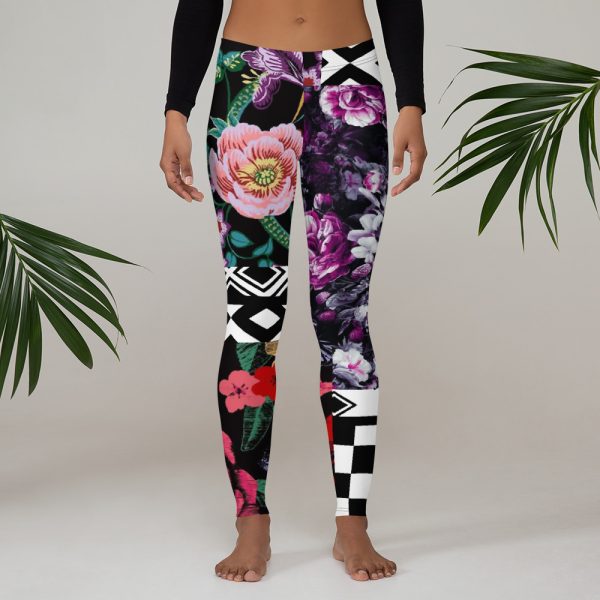 Leggings Black Floral Purple Red White Checkered$81
Leggings Black Floral Purple Red White Checkered$81 -
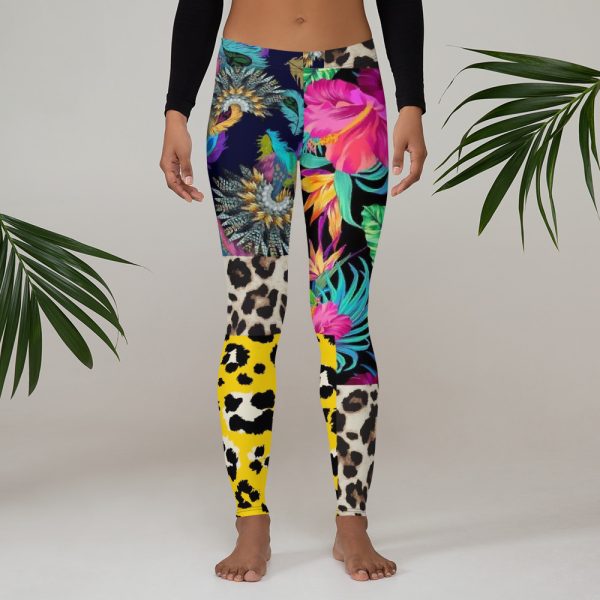 Leggings Floral Black Yellow Green Leopard Animal Print$81
Leggings Floral Black Yellow Green Leopard Animal Print$81 -
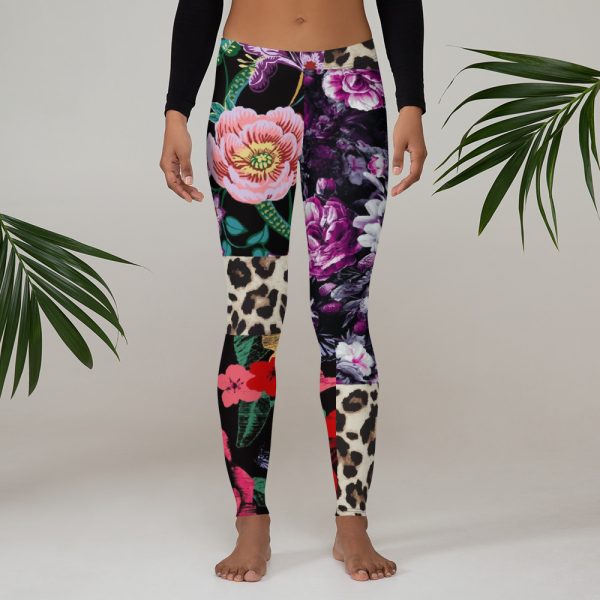 Leggings Floral Black Purple Red Leopard Animal Print$81
Leggings Floral Black Purple Red Leopard Animal Print$81 -
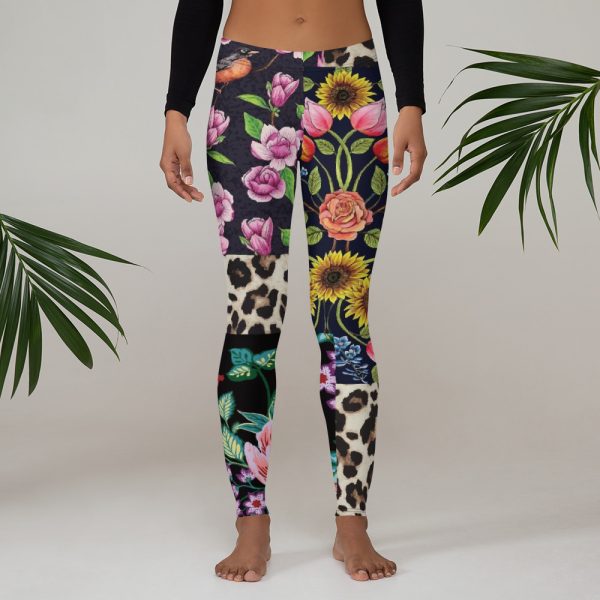 Leggings Floral Black Green Purple Leopard Animal Print$81
Leggings Floral Black Green Purple Leopard Animal Print$81 -
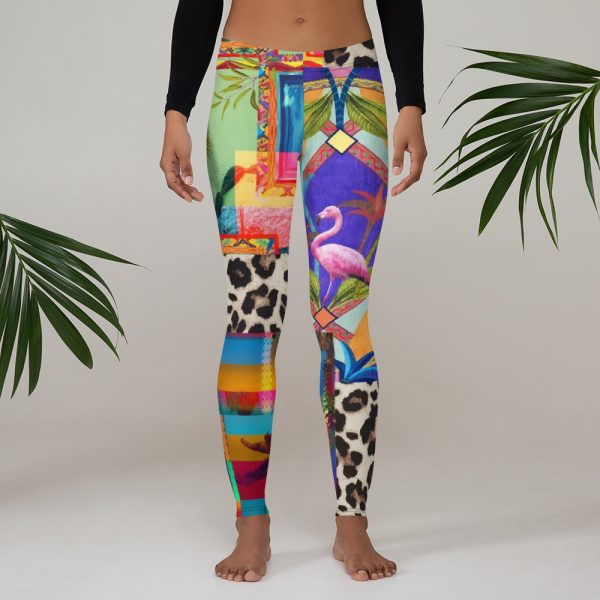 Leggings Floral Rainbow Green Green Purple Leopard Animal Print$81
Leggings Floral Rainbow Green Green Purple Leopard Animal Print$81 -
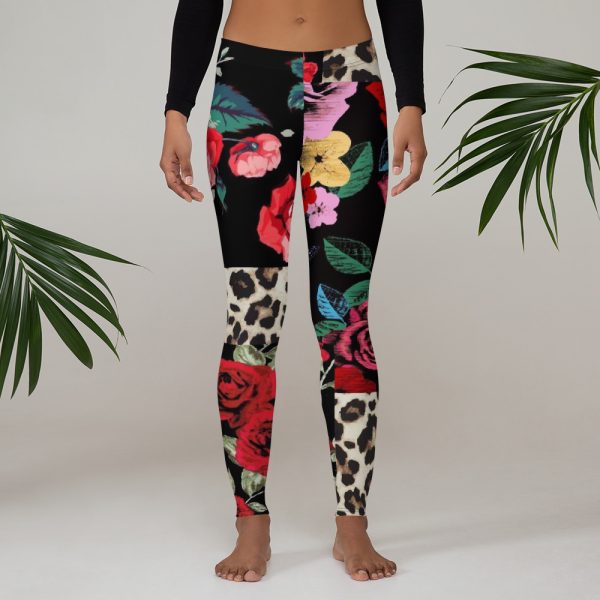 Leggings Floral Black Red Leopard Animal Print$81
Leggings Floral Black Red Leopard Animal Print$81 -
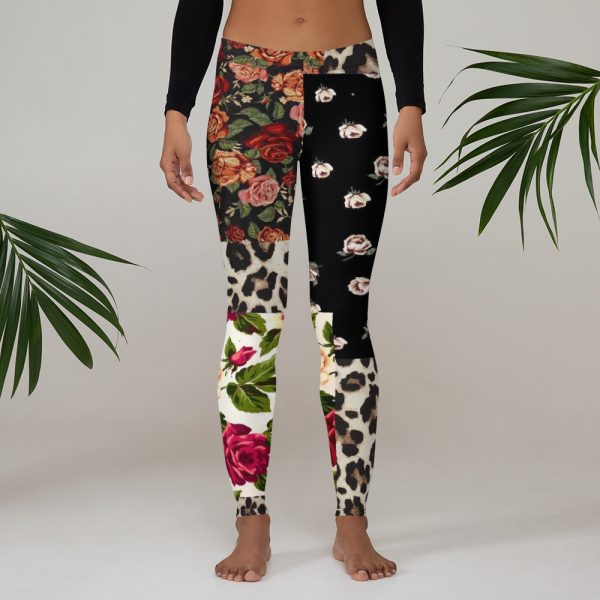 Leggings Floral Black White Brown Leopard Animal Print$81
Leggings Floral Black White Brown Leopard Animal Print$81 -
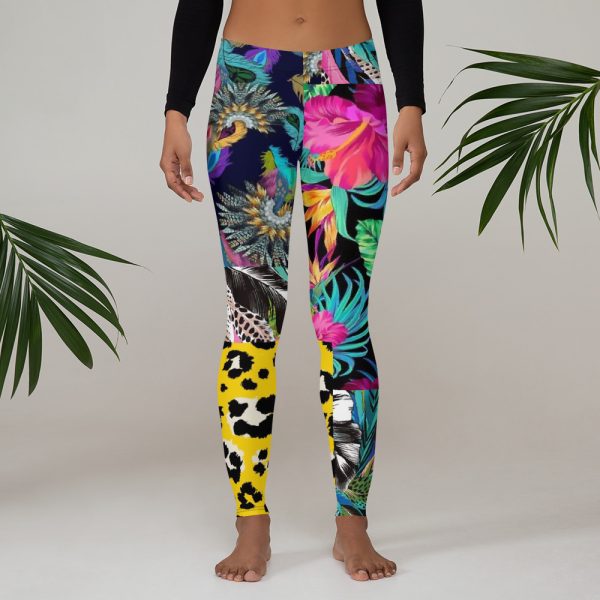 Leggings Floral Black Yellow Green$81
Leggings Floral Black Yellow Green$81